Introduction of the best flavor varieties of Hawaiian Kona coffee powder in the world
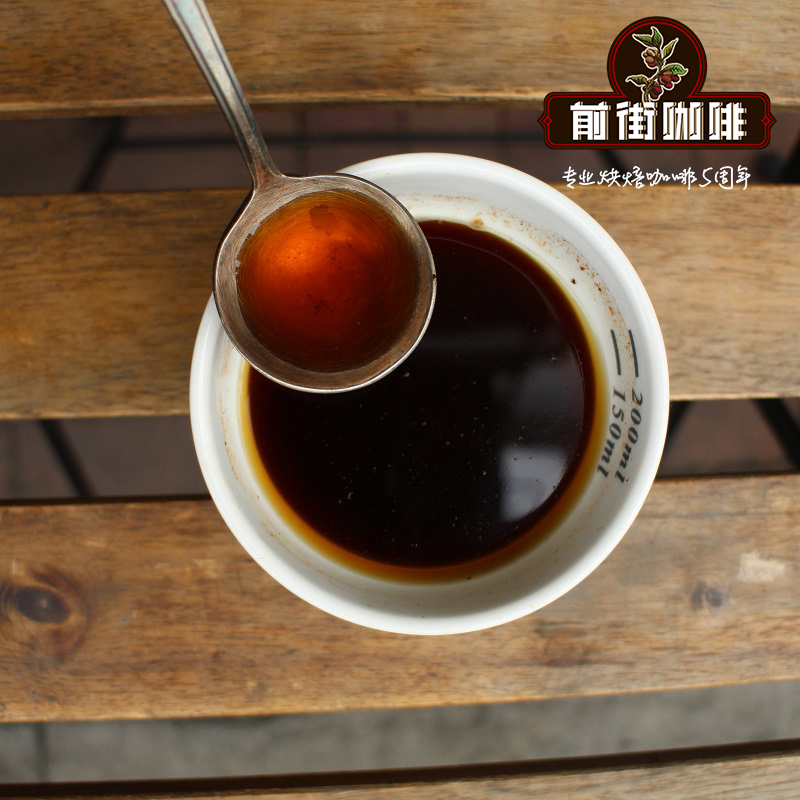
Professional coffee knowledge exchange more coffee bean information please follow the coffee workshop (Wechat official account cafe_style)
Hawaii is synonymous with romance, and Hawaiian Kona coffee beans are also treasures in the world. Qianjie coffee feels that in terms of flavor, Kona coffee beans are closer to Central American coffee, unlike Indonesian coffee, the average quality is also quite high, medium texture, good sour taste, and very rich flavor, and fresh Kona coffee is extremely fragrant. Qianjie Coffee suggests that if you think Indonesian coffee is too thick, African coffee is too sour, and Central and South American coffee is too rough, then "Kona" may be suitable for you. Kona is like a girl walking in the Hawaiian sunshine breeze, fresh and natural, with strong sour and sweet taste, delicate and smooth taste.
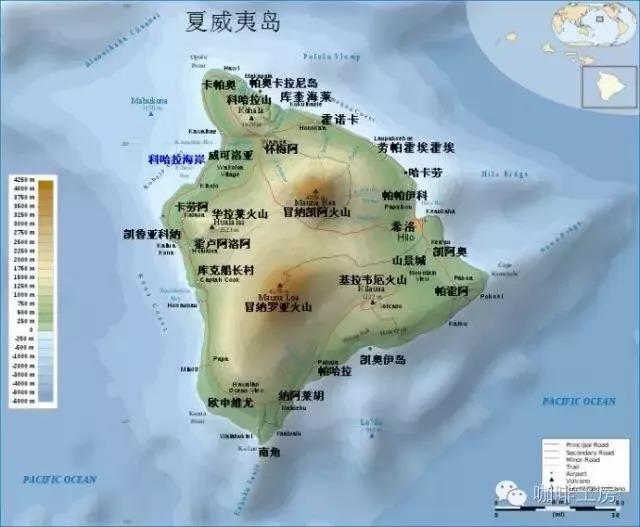
Hawaii (Hawaii) after nearly two centuries of efforts to grow coffee, the term Kona is almost synonymous with "quality". But historically, it has been a rugged way to grow coffee since it was first introduced to the island in 1825. Even today, factors beyond human control tend to have an impact on the harvest in a coffee-growing area as successful as Hawaii.
The western and southern parts of the Kona region of Hawaii are famous for being rich in Kona coffee, which is located between 800m and 1100 meters above sea level, making it the most suitable environment for coffee trees to grow. As a result, the slopes of Horala and Mauna are covered with coffee trees.
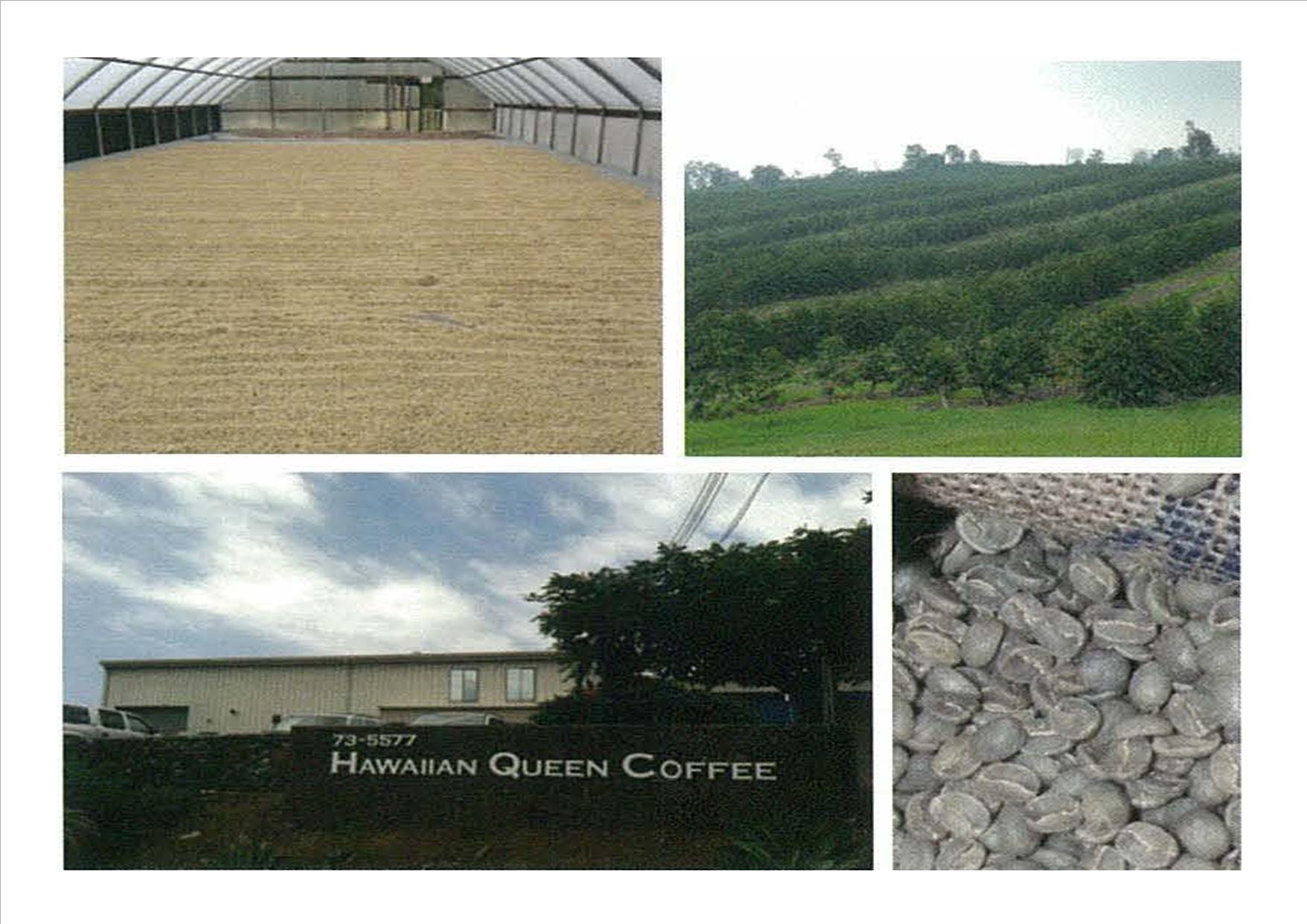
Queen Farm, Queen's Farm
Kona coffee has always been grown at home. The harvest season of Kona coffee is from late August to January of the following year, when farmers pick the ripe fruit in batches and get coffee beans after processing.
The Kona Coffee in Front Street Coffee comes from Queen Farm, Queen's Farm. In 2009, he won the runner-up title in the 2011 Geberia (Hawaii KONA Review) Cup Grand Prix. 70% of the harvest there is the top premium boutique beans, and it is a farm known for its high quality. Even, the boutique beans which are slightly worse than it also have the fragrance of super-grade boutique beans. People in the baking industry are amazed and full of praise!
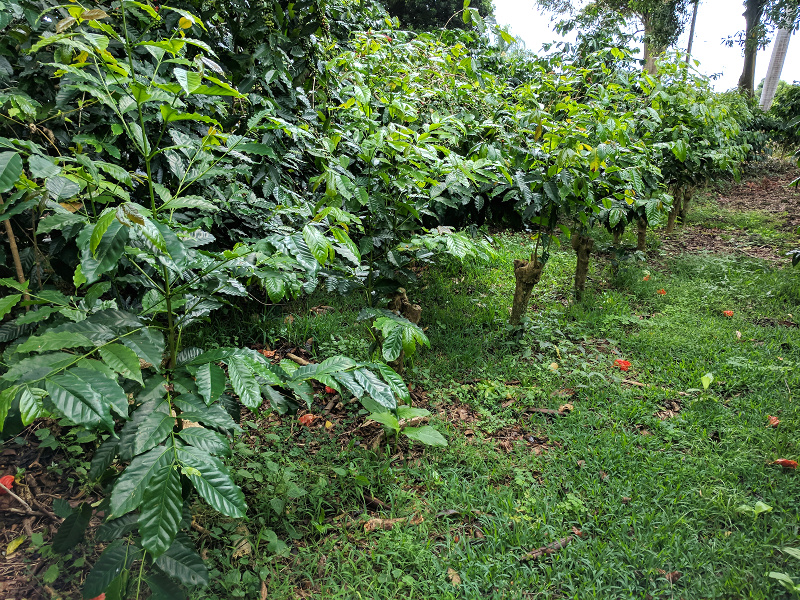
The unique natural environment of Kona region has given birth to Arabica coffee, which has become the highest yield of coffee plantation in the world. Not only the quality is guaranteed, but also the coffee cultivated under the unique growth environment and climate is more fragrant. The coffee beans planted in Kona area are very good-looking, full in shape and bright in color, and are known as "the most beautiful coffee beans in the world".
Most of the coffee trees in the Kona area grow on volcanoes and can absorb a lot of nutrients in the soil, coupled with artificial cultivation technology, so that every coffee bean here has a different appearance. The Kona coffee made from the grinding of this kind of coffee beans is silky, full-bodied, slightly nutty and moderately acidity, as moving and meaningful as the colorful scenery of the island of Hawaii.
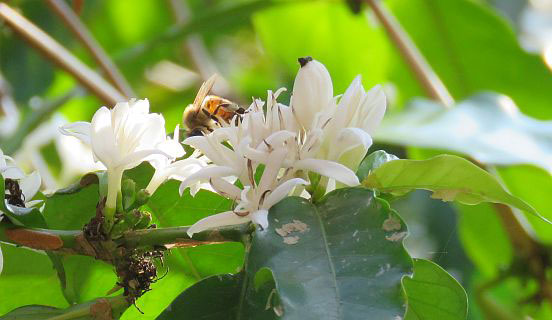
At present, the common Hawaiian coffee on the market, in addition to the kona district of the Big Island, including Maui, Cafu Island, and lovely Island, all have coffee estates on display. The common Hawaiian coffee includes different varieties such as Typica, Mocca and Catuai.
Generally speaking, as long as Hawaiian coffee is not fashionable, it doesn't matter about its quality. generally speaking, coffee beans and coffee powder have a shelf life of one year, but the best flavor period is generally only one month, that is to say, even the top Hawaiian Kona coffee, after baking for a month, the flavor will go downhill, and the flavor will dissipate even more when stored, and you can continue to drink it for a year. I won't have diarrhea but it won't have any particularly good taste.
Kona coffee has always been grown at home. At first, only men were allowed to work in the coffee garden, and later women joined in. This kind of family production of Hawaiians preferred to rely on the efforts of their families rather than hiring workers to work, so it was normal for Hawaiians to have eight or nine children at that time. Since then, new immigrants from the Philippines, the United States and Europe have come to Hawaii to engage in the coffee industry. Over time, Hawaii has formed a social atmosphere that centers on family culture and is easy to absorb foreign cultures. and make it a major feature of Hawaii.
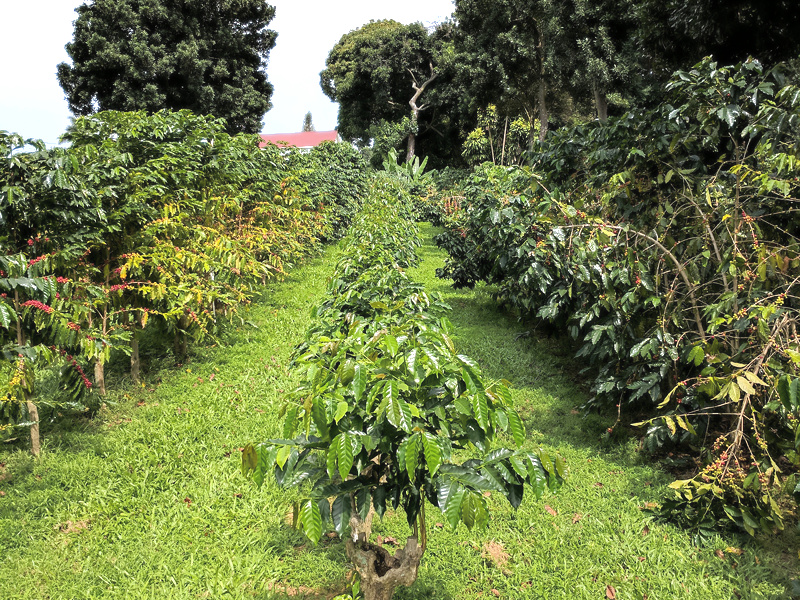
Hawaii is also a paradise for tasting and buying coffee. Each island has several unique places for tourists and local residents to taste and buy coffee, including comfortable and warm shops and comprehensive centers to introduce coffee knowledge. The real Hawaiian Kona coffee makes people enjoy the unique pleasure and leads you slowly into the detached state of tasting coffee. And this comes entirely from the oldest Arabica coffee tree.
Hawaii is the only state in the United States that grows coffee, which is grown on the five major islands of the Hawaiian Islands: Oahu, Hawaii, Maui, Kauai and Moroca. Coffee from different islands also has its own characteristics. Kauai coffee is soft and smooth, Muroca coffee is high in mellow and low acidity, and Maui coffee is moderately acidic but has the strongest flavor. Hawaiians are extremely proud of the Arabica coffee beans they grow 100% home-grown.
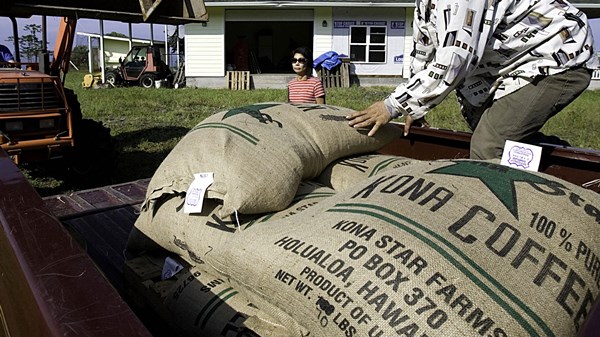
TheBigIsland is the largest of the Hawaiian islands, so it is also known as the Big Island. Kona Coffee is grown in the west and south of the Kona region of Hawaii. Coffee trees are scattered on the slopes of Hualalai and MaunaLoa, which is 150m-750m above sea level, just right for coffee growth.
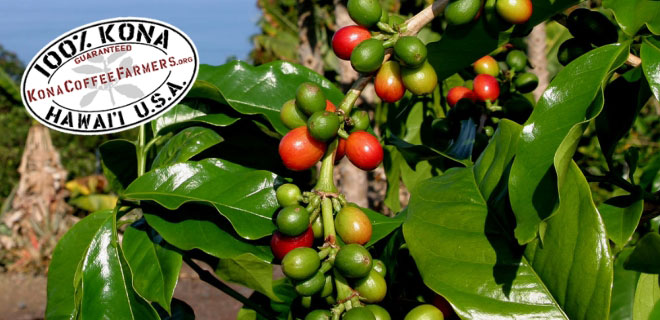
The excellent quality of Kona coffee benefits from the suitable geographical location and climate. Coffee trees grow on the slopes of volcanoes, and their geographical location ensures the altitude needed for coffee growth; the dark volcanic ash soil provides the minerals needed for coffee growth. The climatic conditions are very suitable. In the morning, the sun gently passes through the air full of water vapor. In the afternoon, the mountains will become more humid and foggy, and the white clouds surging in the air are natural umbrellas for coffee trees. And the evening will become sunny and cool, but there is no Frosts Descent. Because of the suitable natural conditions, the average yield of Kona coffee is very high, reaching 2240 kg per hectare, while in Latin America, the yield is only 600kg-900kg per hectare.
Suggestion on coffee baking in Qianjie
Kona and Blue Mountain Coffee are low-density beans, the temperature of the beans should not be too high, when sending out sweet taste, the color changes to light yellow, high moisture content, and needs to be steamed for enough time. Coffee beans are fresh and clean and have a strong and heavy touch. Kona should not roast too deeply. Qianjie coffee is recommended for light roasting (City--Full City-).
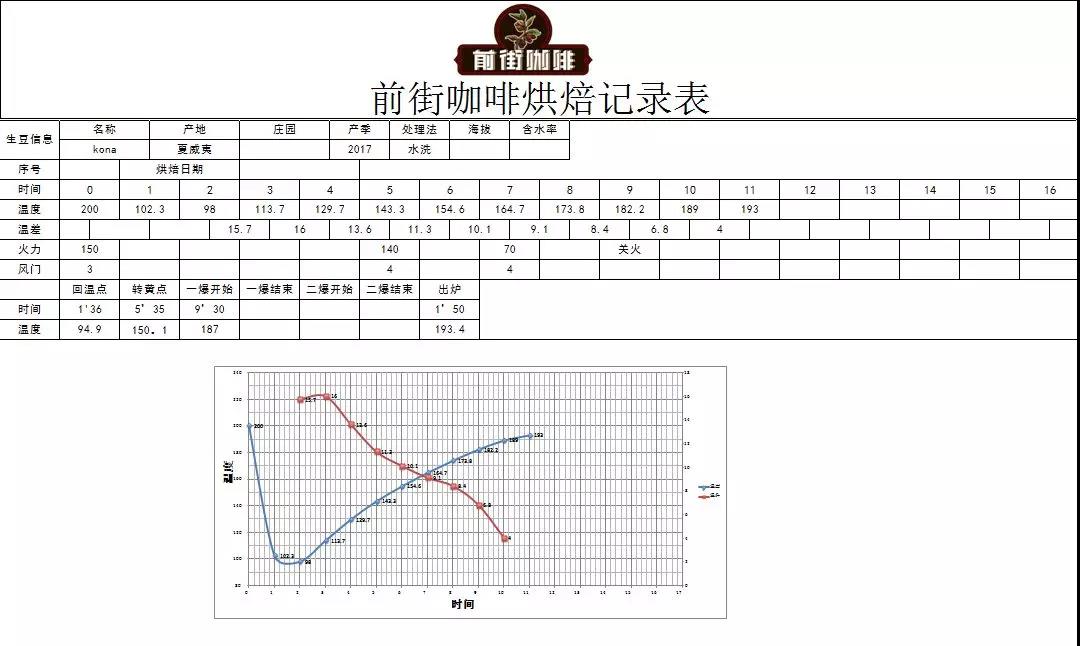
Roaster: Yangjia 800N, input 550g raw beans
Bake the curve:
Put the furnace temperature to 200 degrees Celsius, adjust the firepower to 150 degrees after opening the throttle for 1 minute, keep the throttle unchanged, bake to 5 degrees 35 ", the temperature is 150 degrees, the bean surface turns yellow, the smell of grass completely disappears, the dehydration is completed, the firepower is adjusted to 140 degrees, and the throttle is changed to 4.
In the 9th '30th minute, ugly wrinkles and black markings appear on the bean surface, and the smell of toast obviously changes to the smell of coffee, which can be defined as a prelude to an explosion. At this time, listen carefully to the sound of the explosion point, start the explosion at 9: 30 ", lower the firepower to 70 degrees, the throttle should be fully open (adjust the firepower to be very careful, not so small as to be free of bursting sound), turn off the heat at 182 degrees, and put the pot at 193.4 degrees.
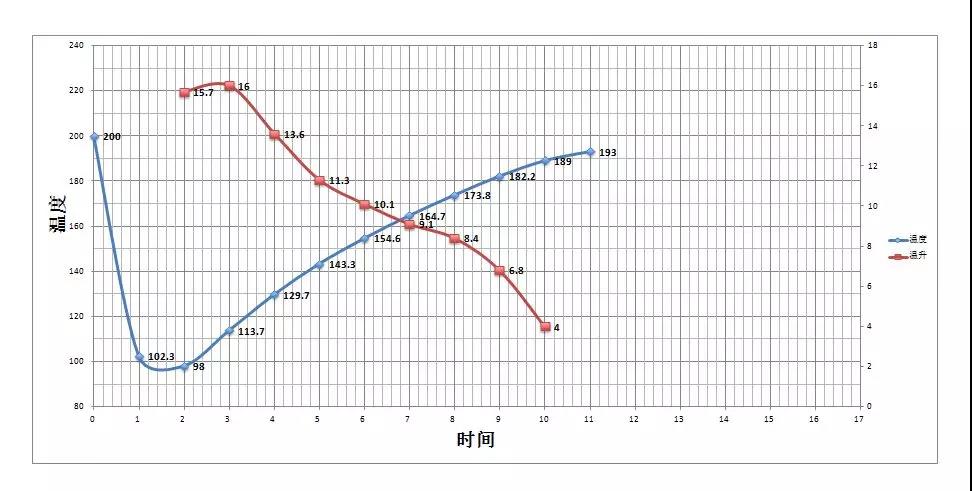
Qianjie coffee: Guangzhou bakery, the store is small but a variety of beans, you can find a variety of unknown beans, but also provide online store services. Https://shop104210103.taobao.com
Important Notice :
前街咖啡 FrontStreet Coffee has moved to new addredd:
FrontStreet Coffee Address: 315,Donghua East Road,GuangZhou
Tel:020 38364473
- Prev
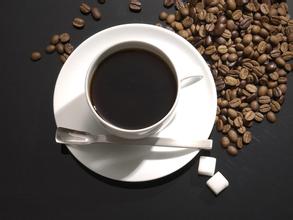
Isn't the coffee made with medium fat milk? Which kind of milk is the best?
The method of double-layer milk bubble cup 1. Prepare the milk (also whole milk) and heat the milk to 60 ~ 70 degrees. Milk can be directly placed in a milk bubble to be processed on a gas stove or induction cooker, or it can be heated in a porcelain cup or glass in a microwave oven. If you heat it in a microwave oven, because you want to pour it into the foam machine, it will absorb a certain temperature, and the heating temperature should be slightly higher.
- Next
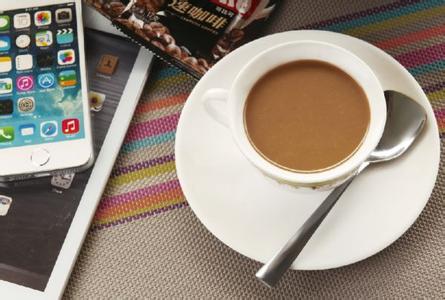
Introduction to the characteristics of flavor description and taste quality of Vietnamese coffee bean powder brewing method
1. Pressure infiltration: when 91 degrees Celsius water comes into contact with coffee powder, the soul of coffee begins to awaken. This is to directly show the true color of coffee beans, fully showing the nature and roasting degree of coffee beans, the easiest and least skillful way of brewing, the so-called lazy coffee. Use a glass pot with a filter on the top, pour in the coffee powder, heat the blister for about 4 minutes, press the pressure rod slowly, and separate.
Related
- Detailed explanation of Jadeite planting Land in Panamanian Jadeite Manor introduction to the grading system of Jadeite competitive bidding, Red bid, Green bid and Rose Summer
- Story of Coffee planting in Brenka region of Costa Rica Stonehenge Manor anaerobic heavy honey treatment of flavor mouth
- What's on the barrel of Blue Mountain Coffee beans?
- Can American coffee also pull flowers? How to use hot American style to pull out a good-looking pattern?
- Can you make a cold extract with coffee beans? What is the right proportion for cold-extracted coffee formula?
- Indonesian PWN Gold Mandrine Coffee Origin Features Flavor How to Chong? Mandolin coffee is American.
- A brief introduction to the flavor characteristics of Brazilian yellow bourbon coffee beans
- What is the effect of different water quality on the flavor of cold-extracted coffee? What kind of water is best for brewing coffee?
- Why do you think of Rose Summer whenever you mention Panamanian coffee?
- Introduction to the characteristics of authentic blue mountain coffee bean producing areas? What is the CIB Coffee Authority in Jamaica?

